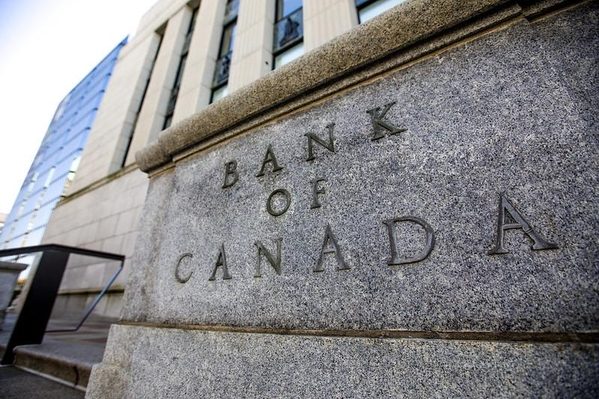The Bank of Canada has reduced its target for the overnight rate to 3%, lowering the Bank Rate to 3.25% and the deposit rate to 2.95%.
The central bank also announced plans to complete the normalization of its balance sheet, ending quantitative tightening and resuming asset purchases in early March. The purchases will begin gradually, allowing the balance sheet to stabilize before increasing in line with economic growth.
The decision comes as the Bank continues to navigate an evolving economic landscape marked by trade uncertainty and shifts in global financial conditions. The January Monetary Policy Report (MPR), released today, presents a baseline forecast that does not account for potential trade tariffs from the new administration in the United States. The Bank acknowledged that the scope and duration of a possible trade conflict remain unpredictable and could significantly impact future projections.
Global economic growth is expected to remain steady at around 3% over the next two years, with stronger consumption driving upward revisions to U.S. growth. The euro area faces continued pressure on competitiveness, while policy measures in China are supporting near-term demand despite ongoing structural challenges. Financial conditions have diverged internationally, with U.S. bond yields rising due to persistent inflation and economic strength, whereas Canadian yields have declined. The Canadian dollar has depreciated against the U.S. dollar, reflecting trade uncertainty and the broader strength of the U.S. currency. Oil prices have remained volatile, with recent levels about $5 higher than previously projected.
Domestically, previous interest rate cuts have begun to stimulate the economy, particularly in the housing market and consumer spending. However, business investment remains weak, and labour market conditions remain soft, with the unemployment rate at 6.7% in December. Wage pressures, which had been slow to adjust, are beginning to ease.
The Bank projects that GDP growth will strengthen in 2025, though at a more moderate pace than previously expected due to slower population growth linked to reduced immigration targets. Following 1.3% growth in 2024, GDP is forecasted to expand by 1.8% in both 2025 and 2026, slightly above potential growth. This gradual increase in output is expected to absorb excess supply in the economy over time.
CPI inflation remains close to 2%, though temporary factors, including the suspension of GST/HST on select consumer goods, have introduced some volatility. Shelter price inflation remains high but is easing gradually. Surveys and price distribution data suggest that underlying inflation is aligned with the Bank’s 2% target, and the forecast anticipates inflation stability at that level over the next two years.
The Bank described risks to the outlook as balanced, barring potential U.S. trade tariffs, which could lead to weaker GDP growth and higher inflation in Canada. The 25-basis-point rate cut announced today builds on previous reductions, and policymakers expect lower borrowing costs to continue supporting household spending. However, the Bank cautioned that a broad and prolonged trade conflict could present significant economic challenges.
The next overnight rate announcement is scheduled for March 12, 2025, while the next full Monetary Policy Report, assessing economic conditions and risks, will be released on April 16, 2025. The Bank emphasized its commitment to maintaining price stability and stated that it will closely monitor economic developments, inflation trends, and global trade policies in the coming months.


































